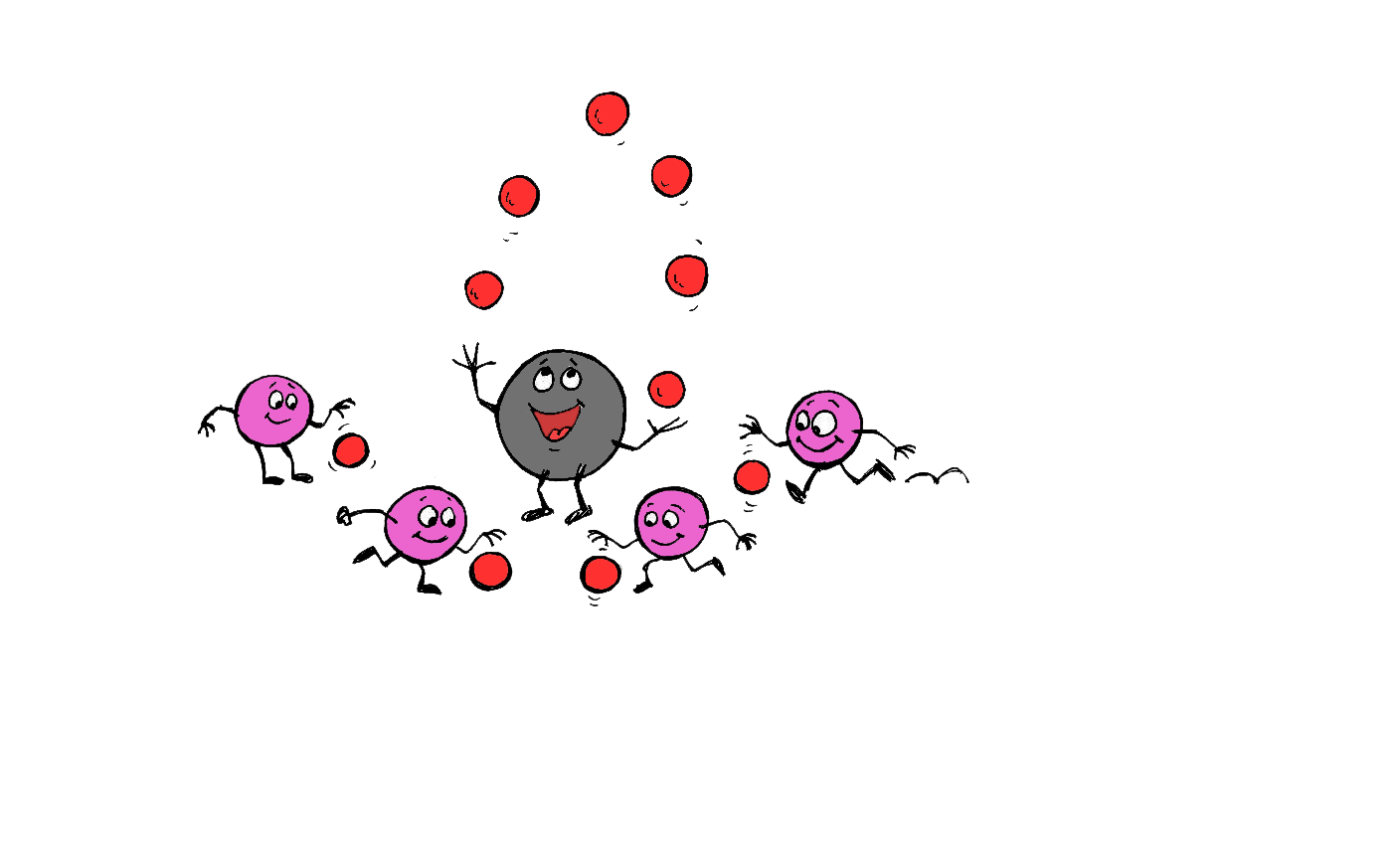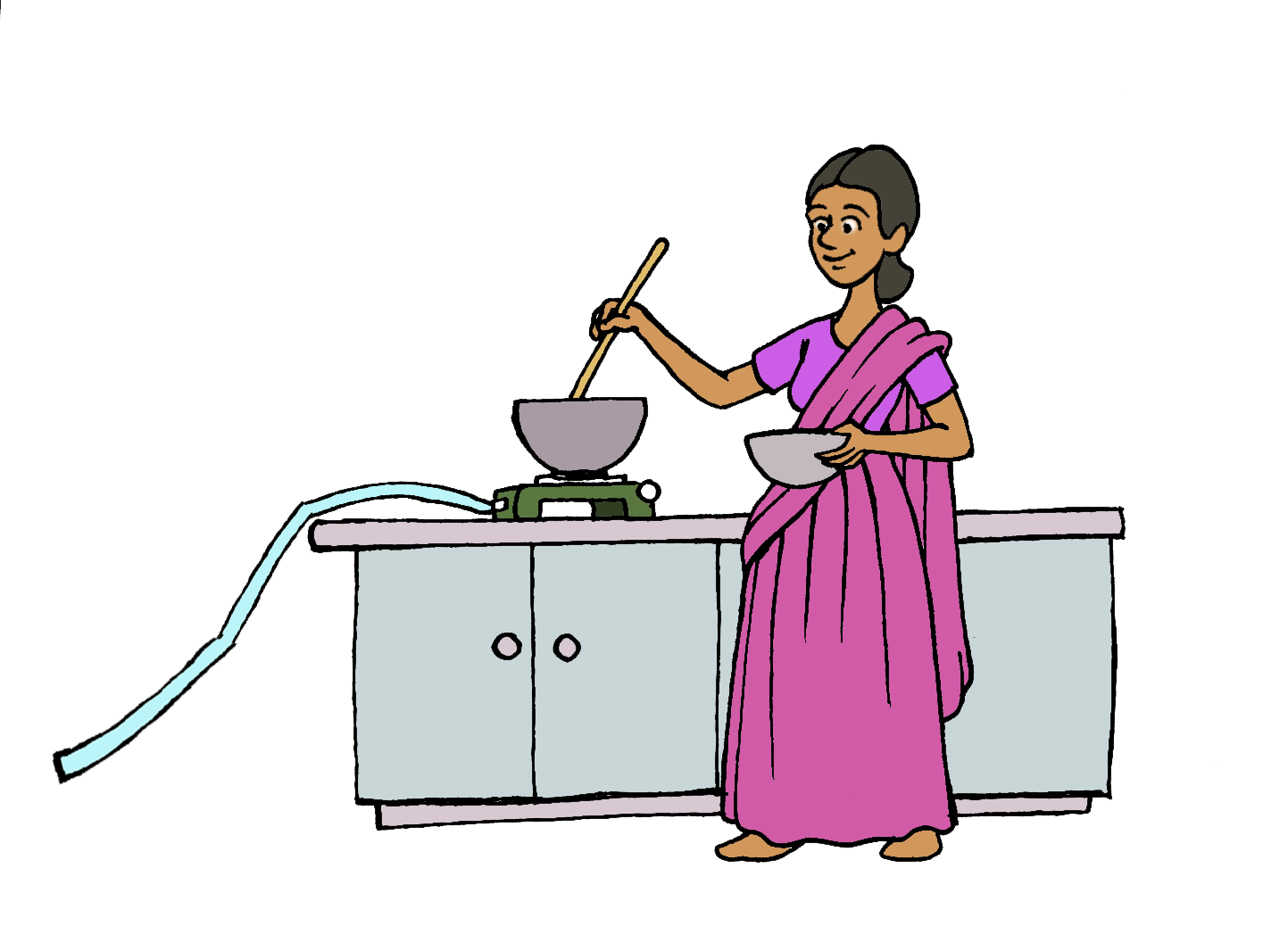Ashden Award for Food Security
First prize winner
India: BIOTECH has succeeded in tackling the problem of the dumping of food waste in the streets of Kerala through the installation of biogas plants that use the food waste to produce gas for cooking and, in some cases, electricity for lighting; the residue serves as a fertiliser. To date BIOTECH has built and installed an impressive 12,000 domestic plants (160 of which also use human waste from latrines to avoid contamination of ground water), 220 institutional plants and 17 municipal plants that use waste from markets to power generators. The disposal of food waste and the production of clean energy are not the only benefits of BIOTECH's scheme. The plants also replace the equivalent of about 3.7 tonnes/day of LPG and diesel which in turn results in the saving of about 3,700 tonnes/year of CO2, with further savings from the reduction in methane production as a result of the uncontrolled decomposition of waste, and from the transport of LPG.
Compact digester for producing biogas from food waste
Organisation Award Category Technology Region Year
Appropriate Rural Technology Institute (ARTI) Food Biogas India 2006
Summary of the Award-winning work
The Appropriate Rural Technology Institute (ARTI) in Pune has developed a biogas plant which uses food waste rather than manure as feedstock and supplies biogas for cooking. The plant is sufficiently compact to be used by urban households, and over 700 are currently in use.
Pune is a relatively affluent city in south India, and many people use liquid petroleum gas (LPG) or kerosene for cooking. Waste food is often discarded at the side of the road, as in many cities, attracting stray dogs, flies and rats and creating a public health hazard. The ARTI compact biogas plant is made from two standard high-density polyethylene (HDPE) water tanks: the larger tank acts as the digester and the smaller one is inverted and placed into it to serve as a gas-holder. The plant safely digests kitchen waste, food waste or waste flour from mills, thus reducing the problem of waste disposal. A 1,000 litre plant produces sufficient biogas to at least halve the use of LPG or kerosene for cooking in a household, as well as a small amount of liquid effluent which can be used as fertiliser. ARTI has developed the technology, field tested it, and managed the supply of about 700 biogas plants in Maharashtra. Around 100 plants are now being installed every month.
The first-prize Ashden Award to ARTI recognises the enormous potential for using this compact biogas digester in towns and cities, both to supply cooking gas and to assist in the disposal of organic waste.
Biogas is made of a gas called methane which in this case is a waste product of bacteria. Methane itself is made of one carbon atom and four hydrogen atoms. It is this arrangement of atoms that makes methane such a good fuel. When mixed with oxygen and ignited, methane burns and releases its stored energy. The energy in methane comes from the sun's energy that was collected by plants and stored in the form of sugar, starch and oil.
The bacteria that make biogas is called anaerobic bacteria. This kind of bacteria lives without oxygen. Anaerobic bacteria come from a time when there was no oxygen in earth's atmosphere. When plants appeared, the anaerobic bacteria were poisoned as the plants began to give off oxygen from their manufacture of sugar from water, carbon dioxide and sunlight. The bacteria that survived were either able to live in oxygen, aerobic bacteria, or were able to find low or zero oxygen environments. Ironically, it turned out that one of the best low oxygen environments for anaerobic bacteria was in the masses of dead plant material that were accumulating. It was here that the bacteria developed it's taste for sugar. When animals came on the scene, anaerobic bacteria found an even better place to live; in the animal's digestive tract. Here the bacteria just had to sit and wait as the animal hunted its food.
The animal helped even more by grinding the food and mixing it with water, making the bacteria's job even easier. In return bacteria became part of the animal's digestive process, making digestion much easier. One drawback though was the production of methane that the animal had to dispose of. Animals deal with methane by releasing it from one end or the other. To put it bluntly; by belch or fart the animal relives itself of its methane pressure. When the digested food itself is expelled, it still contains bacteria that continue processing remaining carbohydrates into methane.
When this process was discovered, many people came to the conclusion that the food of anaerobic bacteria is animal manure and that if you want to make methane you need a lot of manure. This is a popular misconception.
Let's say you want to make a biogas plant. A biogas plant is actually an artificial intestine. The bacteria in manure have just come from a real intestine where they have already been busy, breaking down the animal's food into many different chemicals including a large amount of methane. If you want to run your biogas plant on manure, you should realize that you will be using a mostly depleted fuel. Manure is the end product (pun intended) of a process that you are trying to begin.
The process is started with fresh manure because it contains the right kinds of bacteria. Once the bacteria are working in your biogas plant they would far rather get the kind of food that is brought into the intestines than the stuff that gets chucked out. For example a typical biogas plant takes up to forty days to process manure whereas a biogas plant fed with food waste can take as little as six hours.
How a Bio-Gas Plant Works
Food waste, water and bacteria
All over the world, large amounts of waste food are thrown away every day. In most developed countries we are accustomed to garbage being taken away regularly but in some places, such as cities of India, garbage can pile up over a very long period of time causing a danger to public health. As all organic matter does, this food waste is broken down by bacteria into basic chemicals including methane. Methane is one of the most potent of the "Greenhouse" gasses that cause global warming, even stronger than CO2. Luckily there are people who are working to find a solution to the problems of organic waste and the release of greenhouse gasses in India and around the world.
By using organic waste to feed biogas digesters people can reduce their garbage and methane output, control the spread of bacteria and reduce their dependence on liquid petroleum gas that they would use otherwise. Other benefits of useing biogas over LPG is that organic waste is renewable while LPG is not and biogas is cleaner burning, reducing the health hazards of smoke in the kitchen.



